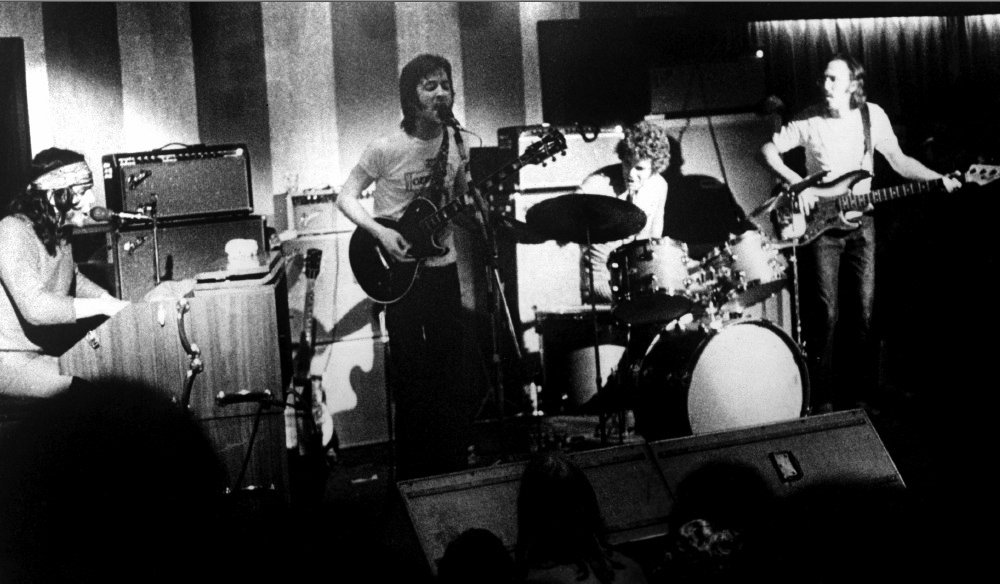
As executive producer Tom Dowd, who oversaw the Layla sessions at Criteria Studios in Miami in late August and early September 1970, told me a decade before he passed away in 2002: “What came about with Layla was the true fusion of American blues and jazz with the British Invasion. That’s not to say Layla is an overall quiet record - just a more thoughtful one. Sitting on Top of the World: Radle, Gordon, Whitlock, Clapton, and four-legged friend take a break during the Layla sessions. That’s probably one of the main reasons why he got nicknamed ‘Slowhand.’ ” In a way, he made it seem like more of a conversation, taking his time to make a statement that makes sense. “The main reason I enjoy that album is because Eric took his time to play his guitar and talk to you, the listener, with it. “It’s not so much the amount of notes he played on that album, but the feeling he invested in them,” notes Robert Cray, the ever-tasteful blues guitarist who’s frequently traded licks with Eric during the past few decades. found inspiration in The Band’s rustic classic 1968 debut, Music from Big Pink, and Layla has a certain level of pastoral, rootsy fingerprints all over its storied grooves. Layla was the signpost that certified a significant shift in Clapton’s guitar style, theretofore steeped deep in the blues but centered around the psychedelic-era flash of the push-pull “can you top that?” improv muso-jamming made famous by the supertrio he manned for most of the late-’60s, Cream. It’s not screaming loud, all feedback and mess it’s civilized music.” “It’s one of those albums you can sit down with and listen to front and back, all the way through. “It’s purist music,” believes Bobby Whitlock, the Dominos’ keyboardist and a key vocal foil for Clapton on the record. Many view that particular Derek and the Dominos song, as well as the album it anchors, 1970’s Layla and Other Assorted Love Songs (Atco/Polydor), as the best mesh of lyrical guitar playing and visceral songwriting in the career of said “Derek,” a.k.a.

“Laaaaaaaaay-la!” That instantly identifiable, gut-wrenching battle cry has rallied the bruised and battleworn hearts of countless listeners over the past 44 years (and counting). from The Story of Layla and Majnum, by Ganjavi Nizami Born of pain and longing, their song had the power to break the unhappiness of the world.


 0 kommentar(er)
0 kommentar(er)
